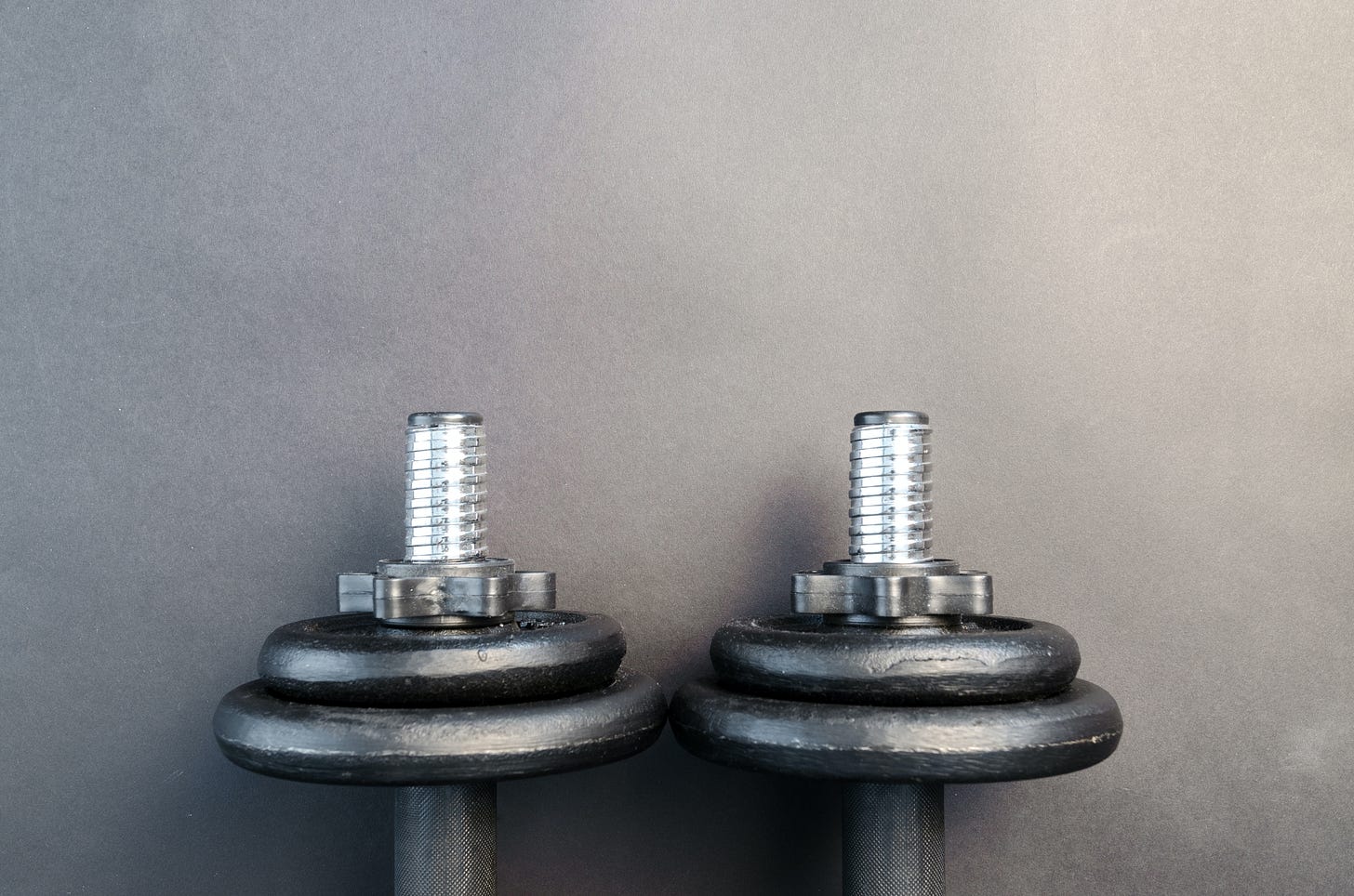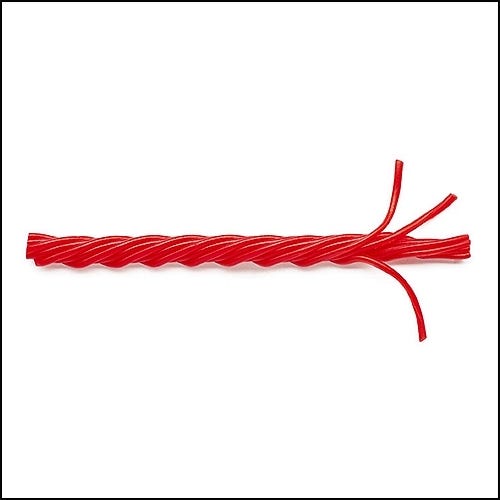If you’ve found your here but are not yet subscribed, let me help you with that:
Building muscle is not just for the guys who come stomping into the gym with chalk all over their hands while blasting death metal.
A lot people think that if they don’t want to look like a bodybuilder, they should avoid resistance training. So the only form of exercise they do is aerobic *enter our friend the elliptical* and they wonder why they aren’t getting closer to their goals or improving their overall health. Resistance training is essential for building muscle, but even if maxing out your size isn’t something you’re after, the process of training has so many other benefits:
Lower Overall Body Fat
Improved Cardiovascular Health
Controlled Blood Sugar Levels
Reduced Cancer Risk
Lowered Injury Risk
Increased Mental Health / Resilience
Higher Libido
Improved Flexibility / Mobility
Elevated Body Image
Stronger Bones
If ANY of those are part of your overall health goals, strength training is for you.
Especially women.
The process of building muscle, referred to as hypertrophy, takes a lot of patience and hard work. It doesn’t happen by accident. Ladies, you will not “get bulky” from strength training. Packing on the amount of muscle needed to appear BuLkY takes years of intense nutrition protocol and training. Respectfully, very few women are willing to work that hard (and give up what’s needed) to achieve that level of definition/muscle size if it’s not their outright goal.
Do you want to feel strong as hell? Do you want to create the shape to your body you’ve always wanted? Do you want to feel proud of all the hard work that goes into it?
Lift some weights.
At the most basic level, hypertrophy is a process of tissue stimulation and repair.
Here’s how that process plays out on a basic level:
Our muscles are made up of fibers that are bundled together, and being honest, they look like pull-apart Twizzlers (big fan of these when I was a kid).
During your training session, when those fibers are activated by trauma from executing your drill, your immune system triggers an inflammatory response to repair the damage.
Within this response, your body releases growth factors which help kickstart protein synthesis - the creation of protein molecules that repair the damaged tissue, resulting in thickened muscle fibers that can handle heavier loads = bigger muscle.
I understand reading the word “damage” when talking about your body can be a little aggressive, but we’re talking at the micro-level. Have no fear.
THE STIMULATION vs THE REPAIR
Both are critical when it comes to hypertrophy and they both require intentional execution.
Our muscles are incredibly resilient and can handle being trained hard. However, pushing them hard enough to create the stimulus needed is where most people fall short. Have you ever been doing a drill - let’s say bicep curls - and you do some reps, it feels fine? You wait a minute. Check your Insta. Do another couple reps. And say to yourself: “That’s probably good enough..?” Then put the weights back and move on.
You want to walk away from your sessions feeling spent. There should be little to no doubt that the muscles you plan on working have been worked. Achieving the stimulus that leads to hypertrophy requires you to push your muscles to NEAR-FAILURE. These reps are really slow and hard by the end of your sets. The reps that make you screw up your face a little bit; the ones that give you “workout face".
When you’re settled into your training plan, you should feel like you’ve got only 1-3 perfectly executed reps left in the tank on most - if not all - of your drills. Literally near failure.
Go forth and train hard.
And when you push yourself that hard, you have to recover hard. Giving your muscle adequate time to repair is essential, but it’s an incredibly overlooked part of the muscle building equation. We tend to think more is better: More training, more sessions, more days. Team No Days Off, right?
Wrong. Prioritize recovery and repair. Give your body the time - the opportunity! - to repair the muscle fibers and make them stronger. It will also give you a much needed mental break from training as you push yourself in the gym.
The Must-Haves:
1) Rest days away from training
2) Hydration
3) 7-9 hours of sleep
4) Stretching/mobility work
5) Stress management tools
The Nice-To-Haves:
1) Massage/foam rolling
2) Sauna Treatment
3) Percussion therapy/massage gun
Building muscle is an investment in yourself. It takes work and patience. It doesn’t happen by accident. Work hard when you’re in the gym and recover hard between sessions.
Learn how in post #2 of the 6-part Essential Education of Strength Training: Implementing Progressive Overload.







How consistently does one need to be doing resistance training to be able to stimulate muscle growth? If work is tough during the weekdays, is leaving it to the weekend going to be enough?
Also, your comment about inflammation makes me wonder whether someone who takes anti-inflammatory medications or follows an anti-inflammatory diet (inasmuch as that is meaningful) will have LESS muscle growth because their immune system won't come in and fix the micro-tears in muscle etc etc?